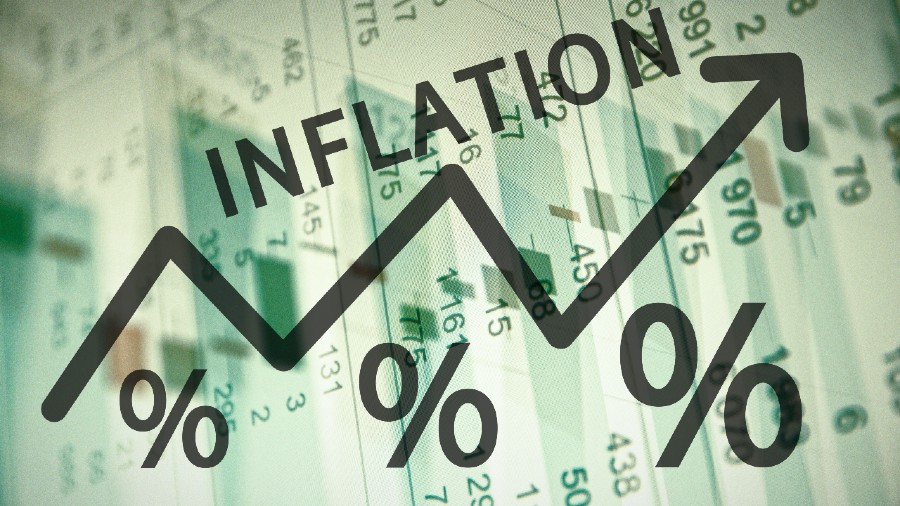The wholesale price index inflation rate has risen to a eight-year high of 7.39 per cent in March 2021, measured on a year-on-year basis, compared to March 2020. This rise has been mainly due to the increasing cost of crude oil, power and metals. The WPI is a weighted average of wholesale prices and is distinct from the consumer price index inflation rate. The latter is a weighted average of prices faced by consumers where food, fuel and other services are important items. In the WPI, services are not included at all. The CPI inflation rate is monitored by the Reserve Bank of India and is used as the appropriate measure for inflation-targeting and policy setting. The current rate of CPI inflation is more than 5 per cent, which is on the high side of the tolerance corridor of 2 to 6 per cent. The WPI and CPI measure different goods with different weights. The CPI includes transport costs and retail mark-ups. While the CPI inflation rate influences the setting of monetary policy stances of the RBI, the WPI inflation is an indicator of base costs in the economy for some important goods that serve as inputs in many industries. For instance, increases in prices of metals do not affect the consumer directly. However, it has an impact on CPI inflation through rising costs of production of manufactured goods that use metals.
The rise in WPI inflation will have two important effects going forward. The first is that inflationary expectations will tend to go up. As people begin to get apprehensive about future inflation, they might make their purchases earlier than planned and cause a rise in actual current inflation. The other is the more direct effect on producers and traders. Part of the price rise is passed on to consumers implying that the CPI inflation will be pushed up in the near future. In either case, it is an indication of hardening prices. It is amply clear that the aggregate demand for new goods and services in the economy is sluggish, and might become worse as the Covid-19 situation deteriorates rapidly. The economy might witness another supply-side shock, thereby increasing both costs and unemployment. It should be considered as an early warning signal, although it is not clear at all whether the policymakers are prepared for a fresh round of disruption in the economy.












